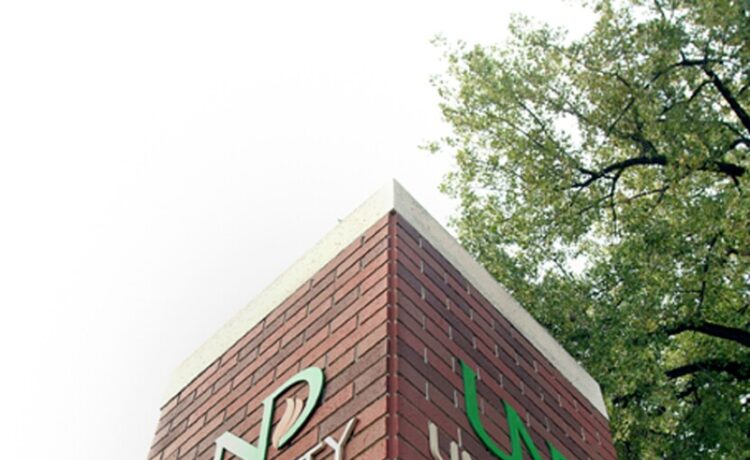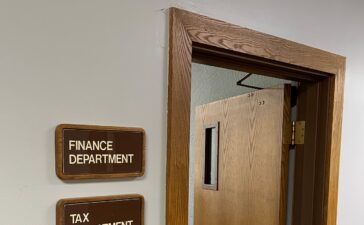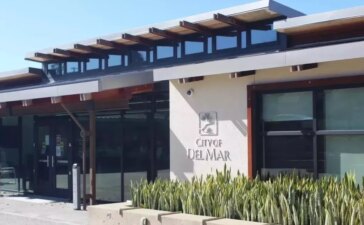GRAND FORKS – Tuition could increase at the University of North Dakota by between 5% to 7% under one of several funding options proffered by university administrators last week.
Tuition costs at the university are set to increase under each of the three budget proposals that have been put forth by two governors and the board governing the North Dakota University System, according to UND’s chief operations officer.
How much tuition actually increases will depend on how much lawmakers are willing to chip in to cover rising higher education costs for UND and other state institutions.
“The tradeoff is really between how much comes through appropriations and what do we want to do with respect to tuition,” University President Andy Armacost told a Senate appropriations committee on Friday.
In-state tuition totaled $9,237, plus fees, for North Dakota residents during the 2024-25 school year, per UND’s tuition calculator.
The university is looking to the Legislature for support covering
a slate of anticipated payroll cost increases,
chief among them increasing health care costs affecting all of North Dakota’s public agencies.
Those unfunded expenses, plus proposed salary increases of 4% and 3% for state employees, would grow operating expenses by a projected $80.3 million over the next two years, Karla Mongeon-Stewart, vice president of finance and operations, told the committee.
Gov. Kelly Armstrong and former governor Doug Burgum included funding increases for the state higher education system in their respective budget proposals. The State Board of Higher Education signed off on its own budget request in June.
Burgum proposed a 10% flat rate increase for state higher ed funding, while Armstrong has proposed a 9% increase.
The state board proffered a budget that would cover the increased personnel expenses and add a 2% inflation factor into the higher education funding formula.
Mongeon-Stewart told the committee that Burgum’s option would require a tuition increase of 5.96%, Armstrong’s would raise rates by 6.61%, while the state board’s would increase tuition by 5.46%.
Fees for housing, dining and athletics would also increase to cover the increased personnel costs for employees working in those sectors who are not covered by the state funding formula.
Medical school tuition could also increase by a more modest amount under the budget proposals currently on the table.
UND’s School of Medicine and Health Sciences is funded as part of the university, but also receives an additional appropriation for medical residents and other expenses not tied to credit hours, as well as receiving 1 mill of property taxes received by the state.
Tuition would increase by 4.9% under Burgum’s proposal and 2.58% under the state board’s; Mongeon-Stewart, who calculated the tuition increase for Armstrong’s proposal on the fly, did not provide a similar figure for the med school.
Last biennium, lawmakers voted to impose a two-year tuition freeze on colleges and universities but allocated funding to cover the lost tuition revenue.
Armacost, while responding to a question from Sen. Ron Sorvaag about
a Herald article on budgeting concerns for UND’s law school,
said he found it unlikely the state could do that for a second time.
“I don’t know how we have a tuition freeze again. I think tuition is going to be necessary to cover some of the increased expenses,” the university president said.
Armacost’s remarks to lawmakers also included plugs for the Economic Diversification Research Funds and Challenge Grants, the latter of which funds scholarships and faculty endowments, as well as national security and AI initiatives.
He also plugged the university’s request for $56 million in state support for the second phase of a new STEM Complex – which is included in the state board’s budget proposal – and for state support on a $80 to $119 million addition to the new SMHS building – which isn’t.
Newly-appointed med school Dean Marjorie Jenkins delivered her own presentation, touting the school’s return on investment in producing primary care, rural and family medicine physicians as well as its unrivaled number of Native American graduates.
She said she wanted to increase med school class sizes to 100 students, compared to the 74 new med school students enrolled in fall 2024.
Along with general increases to the funding formula to cover the addition or expansion of several programs as well as “major changes” to the school’s M.D. curriculum, Jenkins included specific asks for $1 million for the school’s mobile medical simulation program.
She also highlighted the requested addition to the SMHS building, which would replace the aging Columbia Hall.
With Columbia Hall set to be taken down in the next 18 months, per Armacost, Jenkins said the med school’s expansion would hinge heavily on available space.
“This will really handicap the med school so far as no more growth,” she said.















